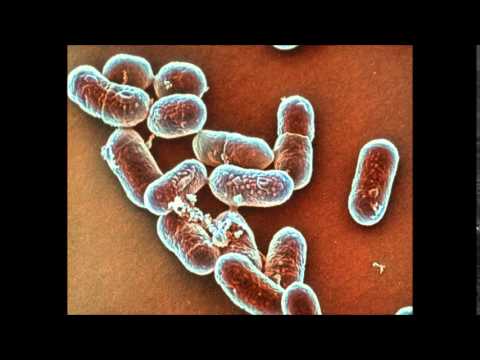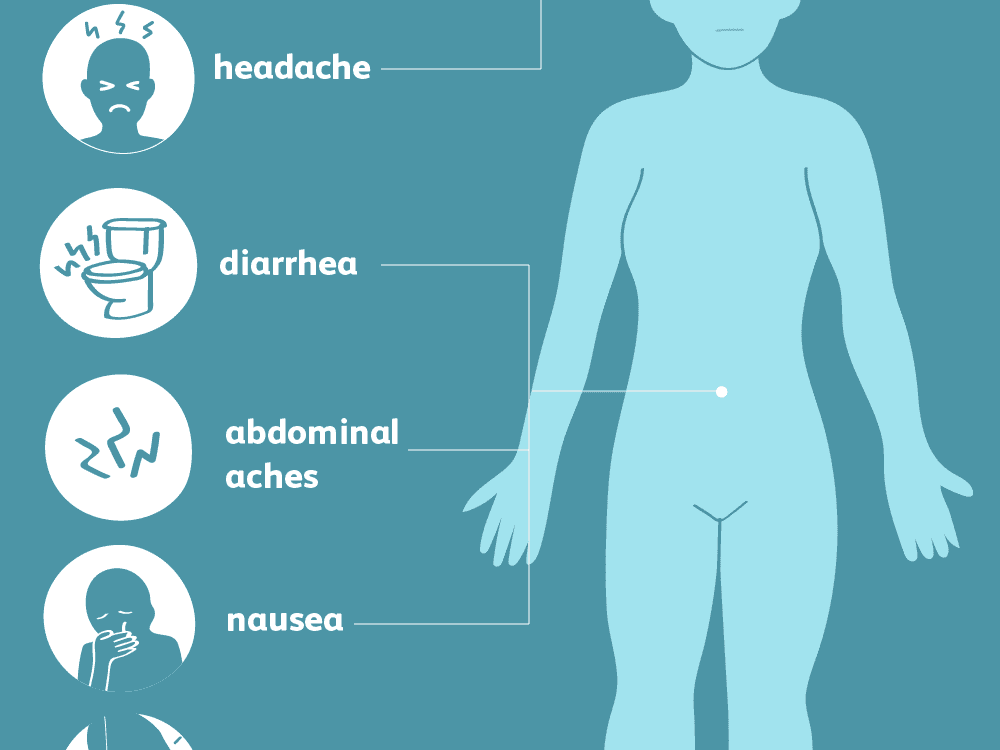Symptoms of Listeria monocytogenes

Listeria monocytogenes, which is also known as food-poison monocytogenes, is the species of microorganism that causes the disease listeriosis. It's the obligate anaerobic bacteria, capable of living in the absence or presence of oxygen.
The bacterium can live for as long as 12 hours on a piece of food, and then it has to travel through the digestive tract where it can find a place to multiply. Once there, the bacterium multiplies rapidly, reaching a maximum population in as little as two days, and continuing to grow even after reaching its final destination. It can be present in a number of different environments, including milk, cheese, poultry products, raw fruits and vegetables, as well as smoked meats.
The microbe can survive on some types of food longer than others. This species is especially prevalent in milk products and cheese, but has been found to be present in many types of foods. It can also be found in raw meat products, but not as often as in raw dairy products. In fact, the majority of cases of listeriosis are associated with a person eating raw meat products, because the bacterium may have been present in the animal through small cuts in the flesh.
It is not always easy to tell if a food contains listeria. Although most people with listeriosis are able to recognize the obvious signs, as with ธาลัสซีเมีย, in some cases people mistake other foods, such as lettuce, for those they ate with the disease. In some cases, people even ate a flu salad. It is also possible to eat meat and get sick, which can make it difficult to determine if you have listeriosis, as all other flu symptoms such as a runny nose and cough are usually present.

If you've had listeriosis, you can't eat food with listeriosis (the species found in listeria), as long as it hasn't been cooked
Although cooking does kill the bacteria, it leaves behind a residue called isonans which will still live in the food after it's been cooked, leading to an infection if you eat the same foods after they've been cooked.
In addition to cooking, eating contaminated food can also lead to an infection if it contains any of the other contaminants commonly found in meat. These contaminants include nitrites, aspartame, antibiotics, fats, and fats from cooking oil. and preservatives such as citric and benzoates. Since bacteria only grow in an environment where oxygen is present, when bacteria are present, food that is cooked in an unventilated area of a restaurant is more likely to carry Listeria than food that's being prepared in an unventilated kitchen. Food cooked in large restaurants or eaten at social functions, or in hot restaurants, can also carry listerifriend bacteria, since food handlers may be exposed to them from the air as well.
However, some people contract listeriosis from drinking contaminated water. This type of water isn't as dangerous, as the organisms found in it aren't capable of growing. However, some research shows that they do seem to be more susceptible to anaerobic bacteria when present in the stomach. Listeria can also be present in tap water in small amounts, so it's important to check for this if you're worried about drinking contaminated water in your home.
The best way to avoid getting listeriosis from food is to avoid consuming contaminated food, and make sure that your hands are clean after each use. Also, washing your hands frequently in hot soapy water can help keep these bacteria from growing, especially if you use public showers.
